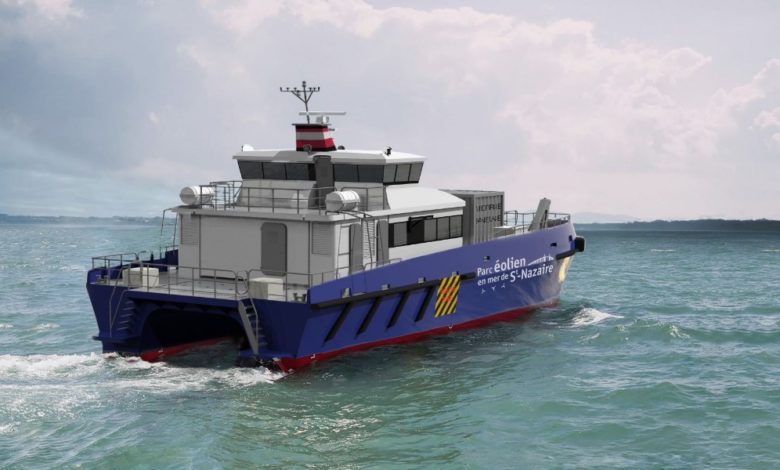French consortium embarks on project to develop safe and zero emission CTVs

Five French companies have joined forces to develop zero emission and safe crew transfer vessels. (CTVs).
Louis Dreyfus Armateurs, Mauric, Barillec Marine, SEAir and ADV Propulse have formed the ZEST industrial consortium, which has been working for three months on the development of a prototype CTV that could emerge in 2025.
According to the project partners, the CTV will provide a safer and more efficient transfer of wind turbine maintenance personnel, in comparison to the current vessels. The vessel will operate with low energy consumption and greenhouse gas (GHG) emissions thanks to the combination of innovative technologies and optimised architecture.
In parallel with a technical and economic study, the design studies of the ship and the associated technological bricks are currently being carried out. The technological building blocks include: an innovative CTV architecture with foils; trochoidal thrusters; zero emission and energy consumption management system solutions; a wave monitoring and floating object detection system; and an adapted dynamic positioning system.
At the end of this study phase, the consortium said it will aim for the first commercial order that will allow the construction of a demonstrator. This demonstrator will be tested in real conditions over a period of 6 months to validate its level of operational safety and its technical, economic, and environmental performance. The technological bricks developed within the framework of this project will be suitable for CTVs or other types of ships, the partners noted.
